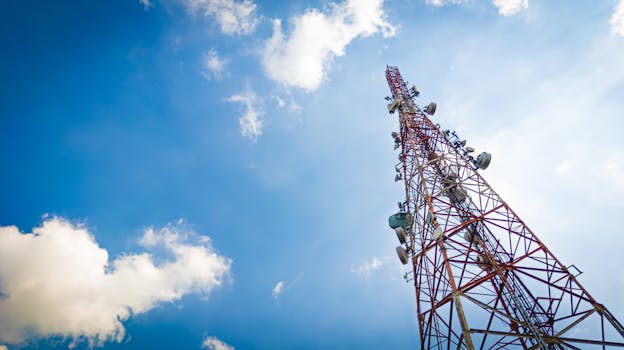
GEO Satellites: Unlocking the Power of Geostationary Orbit
GEO satellites, or geostationary satellites, are a type of satellite that orbits the Earth at an altitude of approximately 36,000 kilometers, remaining stationary relative to a fixed point on the equator. This unique characteristic allows GEO satellites to provide continuous coverage of a specific region, making them ideal for a variety of applications, including telecommunications, weather forecasting, and navigation. In this article, we will explore the world of GEO satellites, their history, technology, and applications, as well as their impact on modern society.
GEO satellites have been in use for several decades, with the first geostationary satellite, Syncom 2, launched by NASA in 1963. Since then, the technology has evolved significantly, with advancements in materials, propulsion systems, and communication equipment. Today, GEO satellites are used by governments, companies, and organizations around the world to provide a range of services, including television broadcasting, internet connectivity, and mobile communications.
How GEO Satellites Work
GEO satellites work by using a combination of propulsion systems and gravity to maintain their position in geostationary orbit. The satellite is launched into space using a rocket, and once it reaches the desired altitude, it uses its propulsion system to slow down and enter into orbit. The satellite then uses a combination of solar panels and batteries to generate power, which is used to operate its communication equipment and other systems.
The communication equipment on a GEO satellite typically consists of a transponder, which receives signals from Earth and re-transmits them back to other parts of the planet. The transponder uses a high-gain antenna to receive and transmit signals, which are then amplified and processed by the satellite’s onboard electronics. The satellite also uses a stabilization system to maintain its position and orientation in space, ensuring that its antenna remains pointing at the correct location on Earth.
Applications of GEO Satellites
GEO satellites have a wide range of applications, including telecommunications, weather forecasting, navigation, and earth observation. In the field of telecommunications, GEO satellites are used to provide high-speed data transmission and broadcasting services to a wide range of users, including governments, companies, and individuals. They are also used to provide mobile communications services, such as voice and data connectivity, to remote and underserved areas.
In the field of weather forecasting, GEO satellites are used to monitor the Earth’s atmosphere and provide imagery and data on weather patterns. This information is used by meteorologists to forecast the weather and issue warnings for severe weather events. GEO satellites are also used for navigation, providing location information and timing signals to GPS receivers on the ground.
Impact of GEO Satellites on Modern Society
GEO satellites have had a significant impact on modern society, enabling global communication, navigation, and weather forecasting. They have also played a critical role in the development of modern telecommunications, providing high-speed data transmission and broadcasting services to a wide range of users. In addition, GEO satellites have enabled the development of new technologies, such as GPS and satellite-based earth observation, which have revolutionized the way we navigate and understand our planet.
However, the use of GEO satellites also raises several concerns, including the risk of satellite collisions, space debris, and interference with other satellite systems. To mitigate these risks, satellite operators and regulatory agencies must work together to ensure that GEO satellites are operated safely and responsibly, and that the risks associated with their use are minimized.




